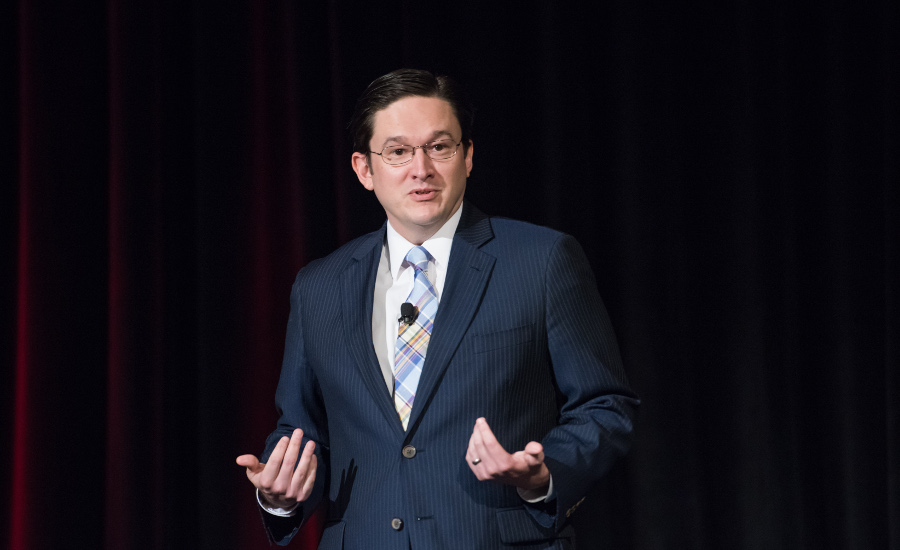IRE Seminar: Understanding the Legalities of Using Roofing Subcontractors
Subcontractors can Effectively Supplement Work Crews, but Roofers Need to Know All the Risks






At the 2017 International Roofing Expo in Las Vegas (IRE 2017), Anthony Tilton and I will give a presentation about the legal issues pertaining to the use of roofing subcontractors. The use of subcontractor labor has increased dramatically over the last few years primarily because of the continued labor shortage in our industry. However, many roofers turn to subcontractors as a way to transfer liability or insurance costs. Over the years, I have received a variety of questions concerning subcontractor use, and this seminar will focus on those real world examples of what to do and not to do if you are using sub-tier labor forces.
First and foremost, roofers have exposure to a variety of insurance claims. Therefore, a roofing contractor should verify that its subcontractor has the proper insurance coverage and limits for each job. Typically, a roofing contractor will obtain a certificate of insurance but rarely ask for the underlying policy or verify that coverage is current. A roofer should verify the nature of the insurance provided downstream and understand how it works in conjunction with contractual indemnification provisions and additional insured status on policies.
In addition to insurance requirements, there are other critical contract provisions that can help lessen or eliminate risk with subcontractor usage on jobsites. In particular, does the subcontract contain a flow-down provision that states that the subcontractor is bound to the prime contractor in the same way that the prime is bound to the owner? How is defective work addressed with the subcontractor — is there a cure period whereby the sub can correct work, and what’s the back-charge policy? However, one of the most important provisions to review is the warranty and whether the roofer has properly transferred that risk to the subcontractor. If a roofing contractor provides a 10-year workmanship warranty but the subcontractor is not providing the same warranty to the roofer, then the roofer may be left with honoring warranty obligations without assistance from the subcontractor that helped to install the roof
IRE Session TH15
Title: Legal Issues Pertaining to the Use of Roofing Subcontractors
Speaker: Trent Cotney, Trent Cotney, P.A. Construction Law Group
Date: Thursday, March 2, 9:30 a.m. to 11 a.m.
Room: South Pacific C
Roofers that use subcontractors must also ensure subcontractor adherence to job site rules and regulations and project-specific requirements. For example, many government projects require compliance with Davis-Bacon Act certified payrolls and reporting requirements, or may have a detailed jobsite safety plan. A roofer must learn to manage and assist with subcontractor compliance with these obligations, as well as contractually obtain any closeout documents required by the owner from the subcontractor.
In addition, the seminar will discuss the Occupational Safety and Health Administration’s (OSHA) use of the multi-employer doctrine to blame roofers for their subcontractors’ lapses in safety. By labelling roofers as “controlling contractors,” OSHA seeks to cite roofers for fall protection and other safety violations. Therefore, a roofer should implement strict safety provisions in subcontracts to address the burden of safety and hire skilled subcontractors that are familiar with the recent changes to the OSHA regulations.
Subcontractors can be effectively used to supplement work forces. However, a roofer needs to understand the risks associated with sub-tier use. The seminar will focus on the topics mentioned in this article as well as others, and we welcome questions both before, during and after the seminar on this topic.
Looking for a reprint of this article?
From high-res PDFs to custom plaques, order your copy today!









